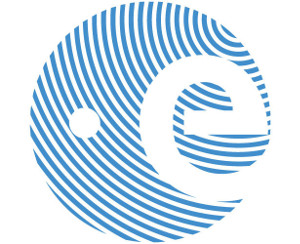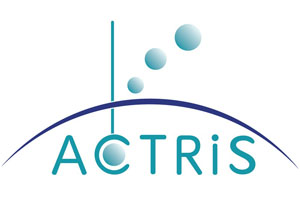UV-MFR radiometer
| PI | Stelios Kazadzis |
| Participant | National Observatory of Athens |

NOA Atmospheric remote sensing station is equipped with an Ultraviolet Multi-filter Radiometer (UVMFR) instrument for radiation
measurements in the UV spectral region. UVMFR measures both total and diffuse irradiance at 7 specified wavelengths (300, 305.5, 311.4, 317.6, 325.4, 332.4, and 368nm) with a 2nm nominal full width at half maximum (FWHM) bandwidth. Measurements of total and diffuse irradiance are recorded every 10s, and stored as 1min averages along with a computation of the direct irradiance. Using the Langley calibration method the instrument provides aerosol optical thickness in all the above wavelengths and using the differential absorption modified algorithm total column ozone. The combination of CIMEL and UVMFR instrument with the aid of radiative transfer models can provide information about optical and microphysical aerosol properties in the UV region.
Recent measurements
| Measurement | Start time | Duration |
|---|---|---|
| UV-MFR | July 9, 2014, midnight | 1 day |
| UV-MFR | July 8, 2014, midnight | 1 day |
| UV-MFR | July 7, 2014, midnight | 1 day |
| UV-MFR | July 6, 2014, midnight | 1 day |
| UV-MFR | July 5, 2014, midnight | 1 day |
| UV-MFR | July 4, 2014, midnight | 1 day |
| UV-MFR | July 3, 2014, midnight | 1 day |
| UV-MFR | July 2, 2014, midnight | 1 day |
| UV-MFR | July 1, 2014, midnight | 1 day |
| UV-MFR | June 23, 2014, midnight | 1 day |
| UV-MFR | June 22, 2014, midnight | 1 day |
| UV-MFR | June 21, 2014, midnight | 1 day |
| UV-MFR | June 19, 2014, midnight | 1 day |
| UV-MFR | June 18, 2014, midnight | 1 day |
Recent activity
News
- ITaRS participation in CHARADMExp (Jul 10th)
- UAV measurements (video) (Jul 1st)
- Cyprus Institute UAVs are heading to Sitia's airport (Jun 26th)
- Saharan dust is approaching (Jun 24th)
- Getting prepared for UAV flights over Crete (Jun 23rd)
Uploaded data
- HALO realtime (Sep 9th)
- FLEXPART (Jul 31st)
- WRF WIND (Jul 31st)
- WRF WIND (Jul 31st)
- WRF WIND (Jul 31st)



